Electrocatalysis – fundamental insights for sustainable energy
Guest Editors: Marc Koper (Leiden University) and Yasuhiro Iwasawa (The University of Tokyo)
PCCP is delighted to announce a high-profile themed issue ‘Electrocatalysis – fundamental insights for sustainable energy’. This will be guest edited by Marc Koper (Leiden University) and Yasuhiro Iwasawa (The University of Tokyo). The themed issue will be published in Physical Chemistry Chemical Physics (PCCP) in 2014.
With the projected future “electrification” of our society through solar and wind power, the conversion of electricity to chemical bonds and vice versa will be an essential field of physical chemistry in the decades to come. Basic fundamental understanding of these processes, both in model studies and at a more device level, requires detailed quantitative physical-chemistry approaches. This themed issue will deal with the physical chemistry approach to electrocatalysis, balancing fundamental and more applied studies, and aims to have a significant impact on the future directions of this important field.
Please contact the PCCP Editorial Office (pccp-rsc@rsc.org) if you are interested in contributing to this themed issue. The deadline for submissions to this themed issue is the 17th January 2014.
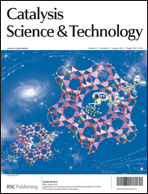
PCCP is a sister journal to
Catalysis Science and Technology. Catalysis Science & Technology brings together the best quality research from the heterogeneous, homogeneous, organocatalysis and bio-catalysis communities.
We thought you might be interested to read these recent articles published in Catalysis Science & Technology in the area of electrocatalysis:
Electrocatalytic effect of ZnO nanoparticles on reduction of nitroaromatic compounds
Her Shuang Toh, Adriano Ambrosi and Martin Pumera
Catal. Sci. Technol., 2013,3, 123-127
DOI: 10.1039/C2CY20253K, Paper
Recent progress in the electrochemical conversion and utilization of CO2
Neil S. Spinner, Jose A. Vega and William E. Mustain
Catal. Sci. Technol., 2012,2, 19-28
DOI: 10.1039/C1CY00314C, Perspective
Graphene support for enhanced electrocatalytic activity of Pd for alcohol oxidation
Ravindra Nath Singh and Rahul Awasthi
Catal. Sci. Technol., 2011,1, 778-783
DOI: 10.1039/C1CY00021G, Paper
Shape-controlled synthesis of Pt nanostructures and evaluation of catalytic and electrocatalytic performance
Sourov Ghosh and C. Retna Raj
Catal. Sci. Technol., 2013,3, 1078-1085
DOI: 10.1039/C2CY20652H, Paper
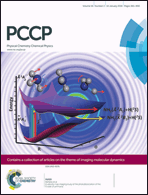











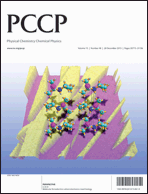 PCCP is a high-impact, community spanning, international journal publishing work of the highest quality in the broad fields of physical chemistry, chemical physics and biophysical chemistry.
PCCP is a high-impact, community spanning, international journal publishing work of the highest quality in the broad fields of physical chemistry, chemical physics and biophysical chemistry.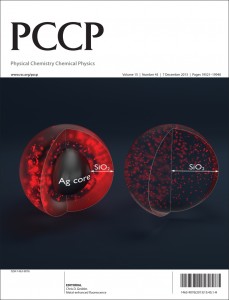
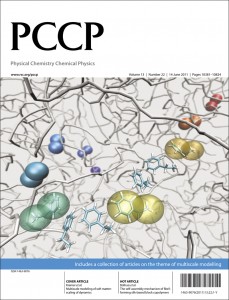
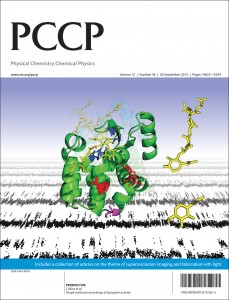
 PCCP is a sister journal to
PCCP is a sister journal to 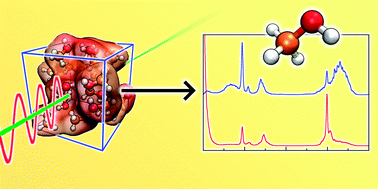 In my understanding, science is the search for answers. The validity of the research is then defined by the nature of the question.
In my understanding, science is the search for answers. The validity of the research is then defined by the nature of the question.